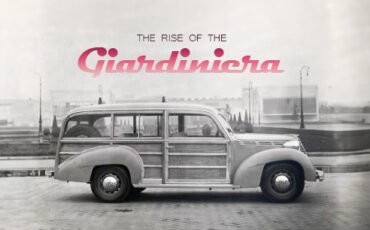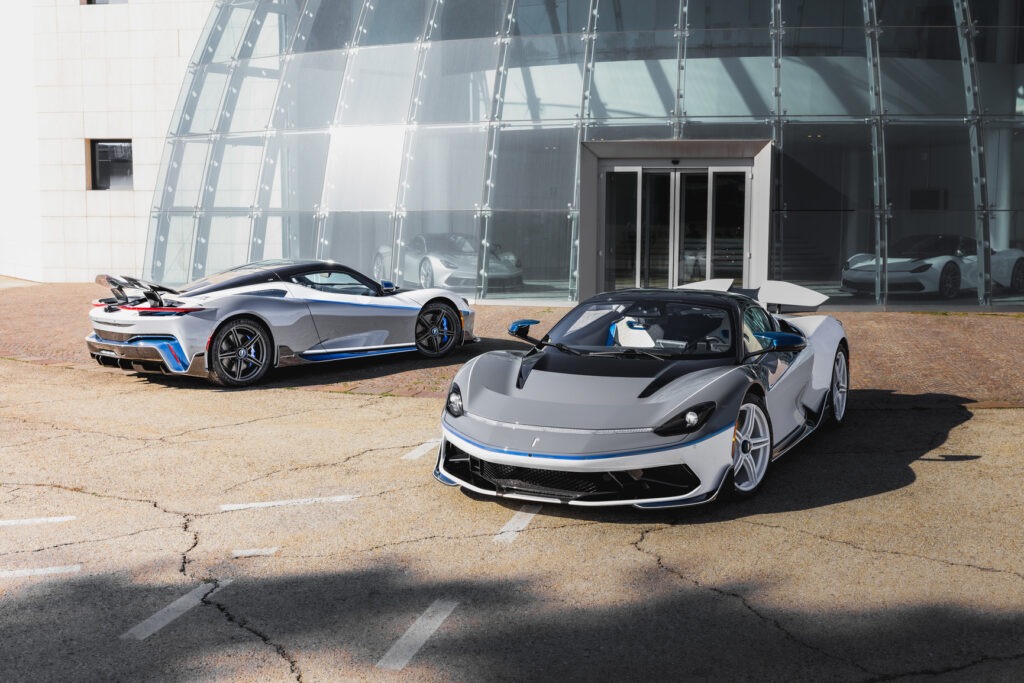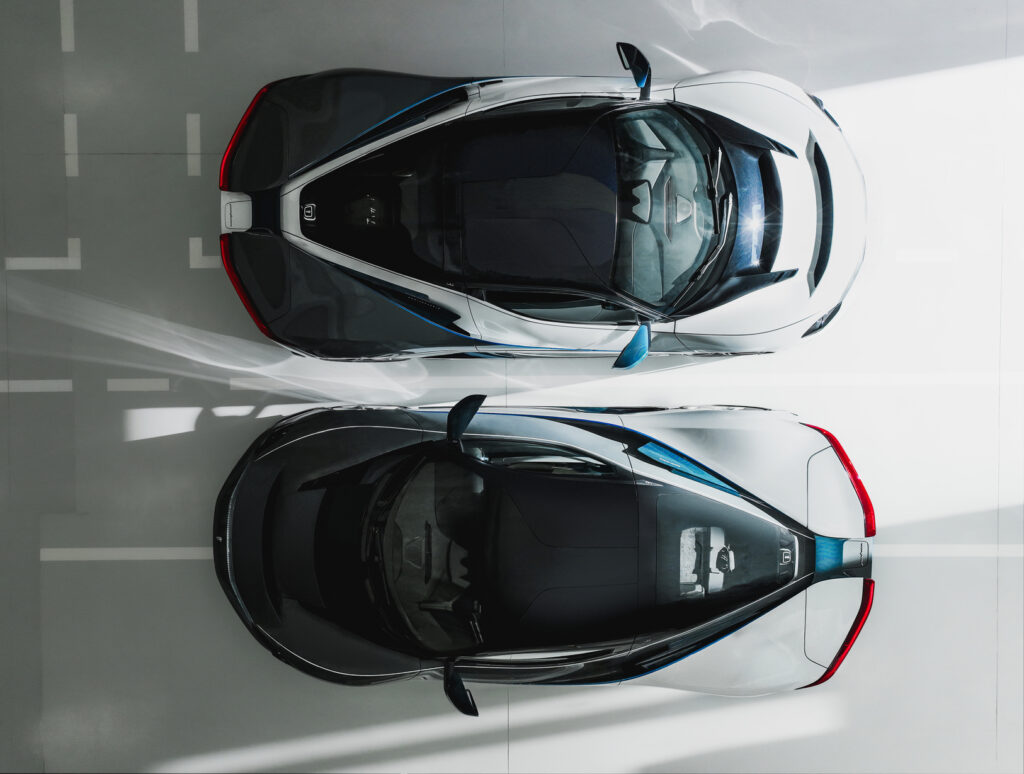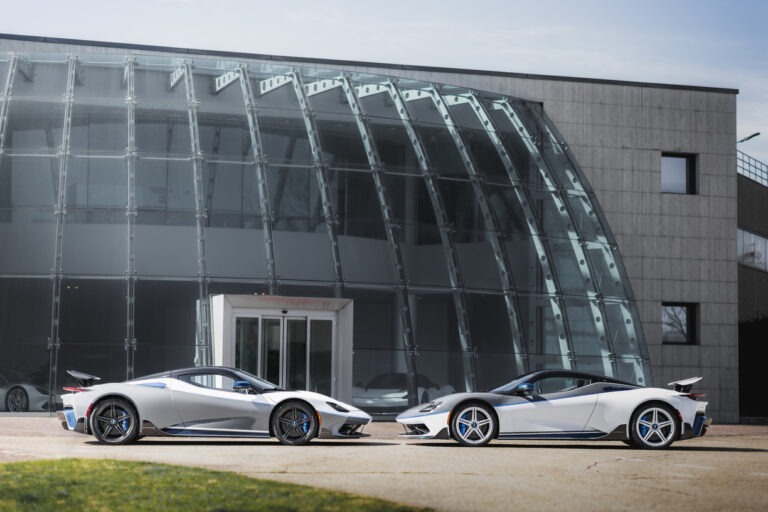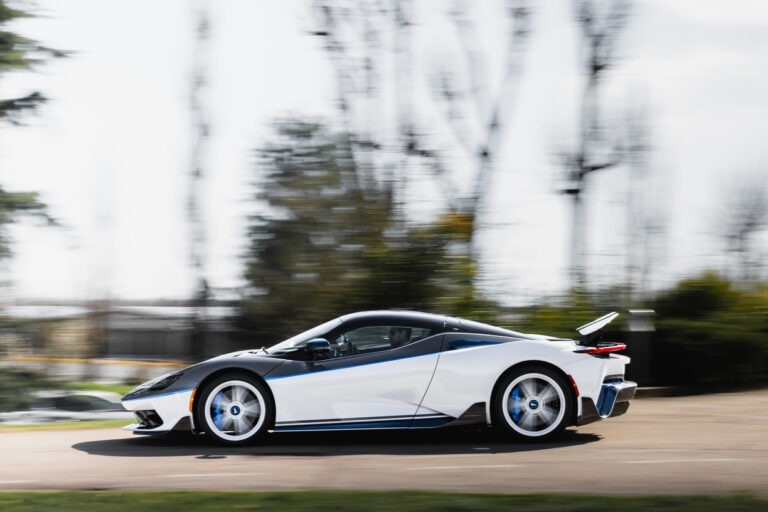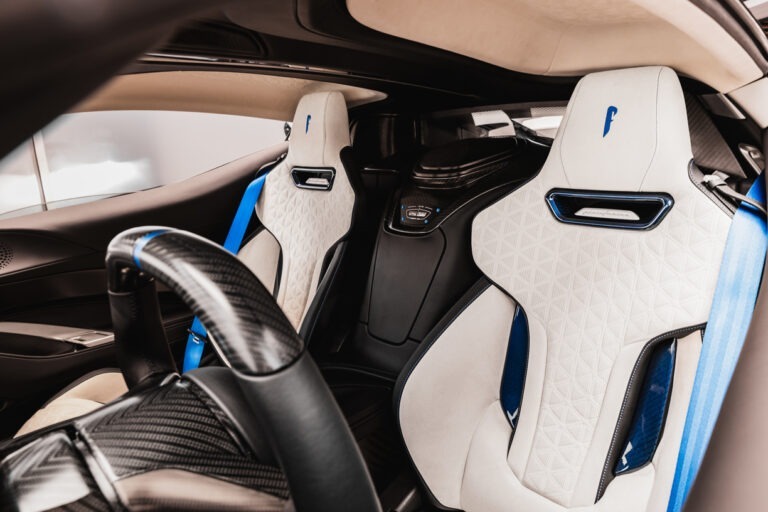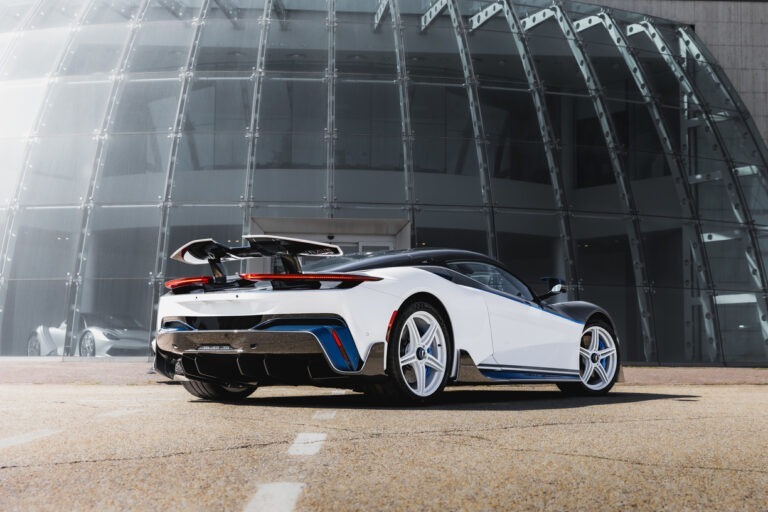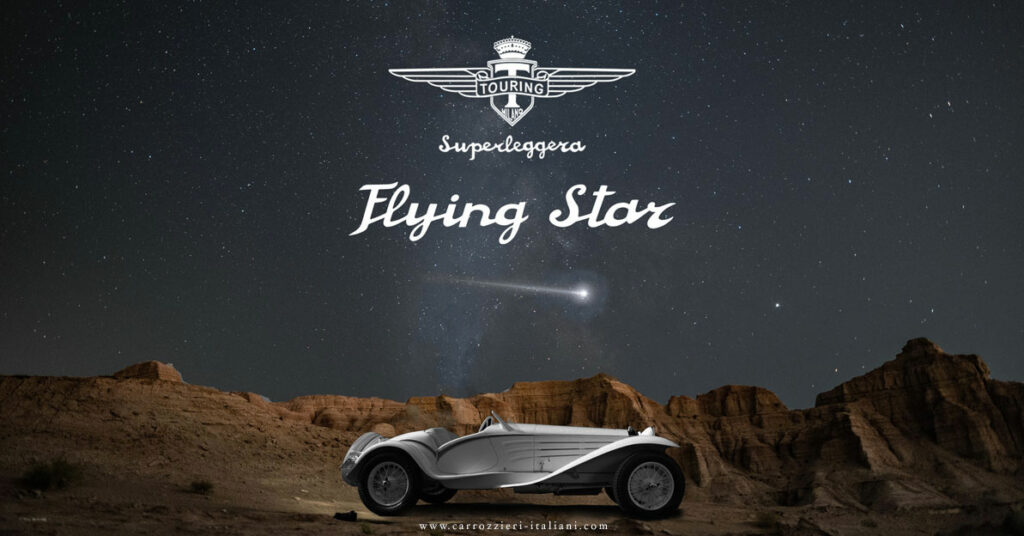
The Flying Star is car body style created by coachbuilder Touring introduced at the 1931 Milan Auto Show on a Isotta Fraschini 8B chassis which gained a great success. It was also adapted to other chassis maintaining the same basic settings. The trademark elements of this kind of bodywork were basically a thick chrome strip on the side that starts from the radiator, runs along the entire car forming a ‘V’ at the doors and descends on the tail. On the Alfa Romeo 6C was also introduced a innovative and spectacular mudguard with a interwaving pattern which was used also on the smaller Fiat 522C version. Usually (with some exceptions) all Flying Star models had the chassis, bodywork, spoked wheels and even steering wheel painted in cream white, at the time when most cars were usually dark painted.
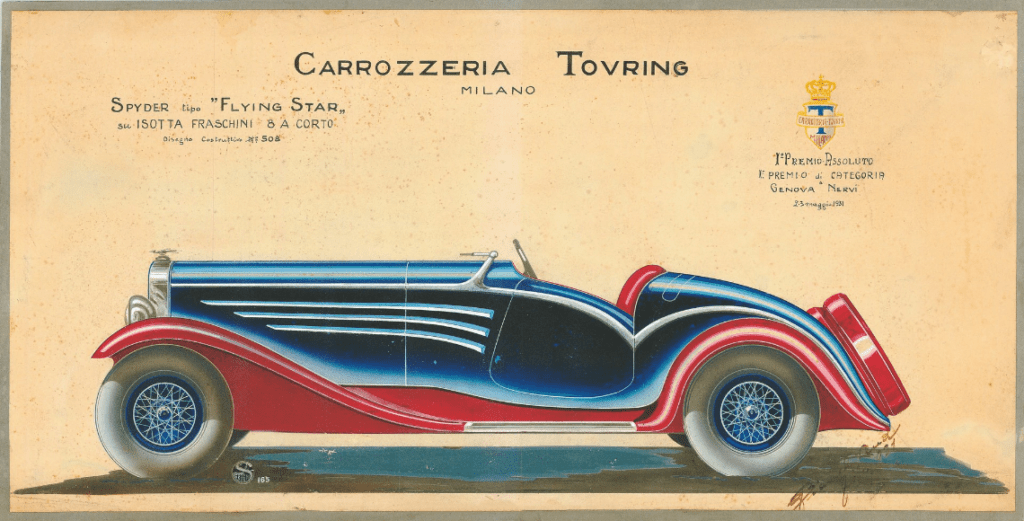
The success of the Flying Star is such that it influenced many cars built in that period, in particular the sportier Alfa Romeo 6C 1750s which adopts some of its stylistic features. For example, on the 6C 1750 GTC Coupé Royal baptized ‘Fugientem incurro diem’‘ made for the Marquis Annibale Prosperini, we can find the interwaving mudguards. The Flying Star influenced also the design of the 8C 2300 short Spider and the latest 6C 1750 GS Spider VI series.
Isotta Fraschini Tipo 8A Flying Star
In 1931 the first real “concept car” of the Milanese coachbuilder arrived, the Isotta Fraschini 8B Flying Star, built for Miss Alma Matteucci and presented at the Touring stand of the Milan Motor Show, then at the Concorso d’Eleganza di Genova-Nervi of that year, where it won the 1st prize, and finally at the Villa d’Este elegance contest in 1931 where it won the Targa d’Oro.
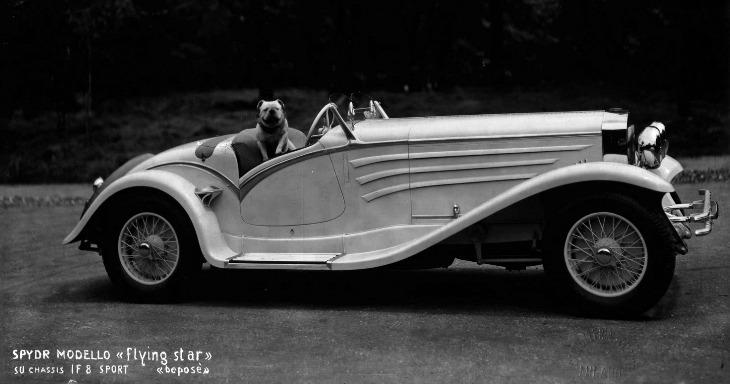
Alfa Romeo 6C 1750 Flying Star
The 6C 1750 Gran Sport ‘Flying Star’ was specifically created by Touring for the 1931 Concorso d’Eleganza Villa d’Este. Unique to the Alfa Romeo was the competition inspired, one-piece windshield that resembled the two small windscreens used by the competition 6C 1750s and the mudguards with the interweaving pattern.
Finished in a spectacular off-white throughout, this Alfa Romeo was entered in the Concorso d’Eleganza by model and loyal Touring customer Josette Pozzo. No judge could resist their combined beauty and the striking 6C 1750 was named best of show and received the ‘Coppa d’Oro’ award. One more 6C Flying Star was built on the longer wheelbase GTC chassis for italian politician Francesco Giunta.
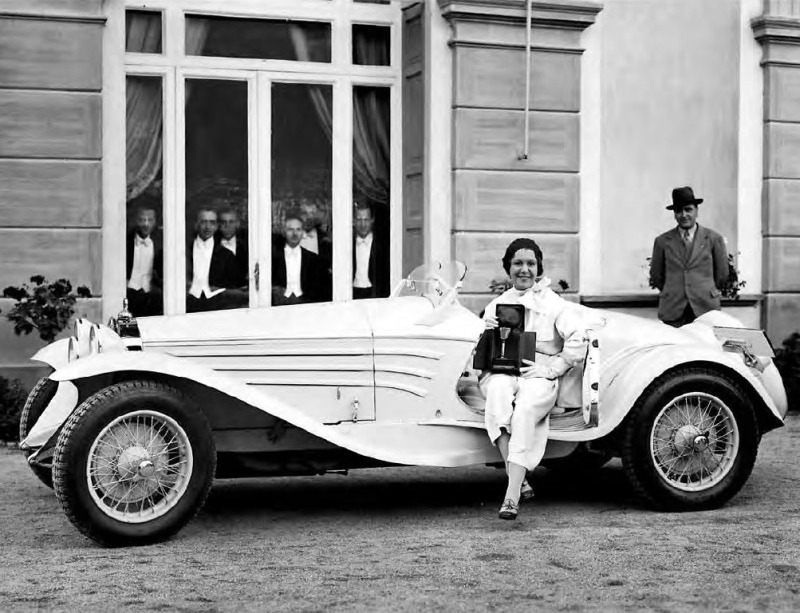
Fiat 522 C Flying Star
The Fiat 522C with Flying Star body was introduced at the annual contest of Piazza Santorre di Santarosa in Milan which was very close to Touring’s Factory. The vertical radiator of the 522C and the rather high bonnet help to recapture the original spirit of the Flying Star as it was applied to the Isotta Fraschini versions. The mudguards, however, were built with the interweaving pattern introduced by Josette Pozzo’s Alfa Romeo.
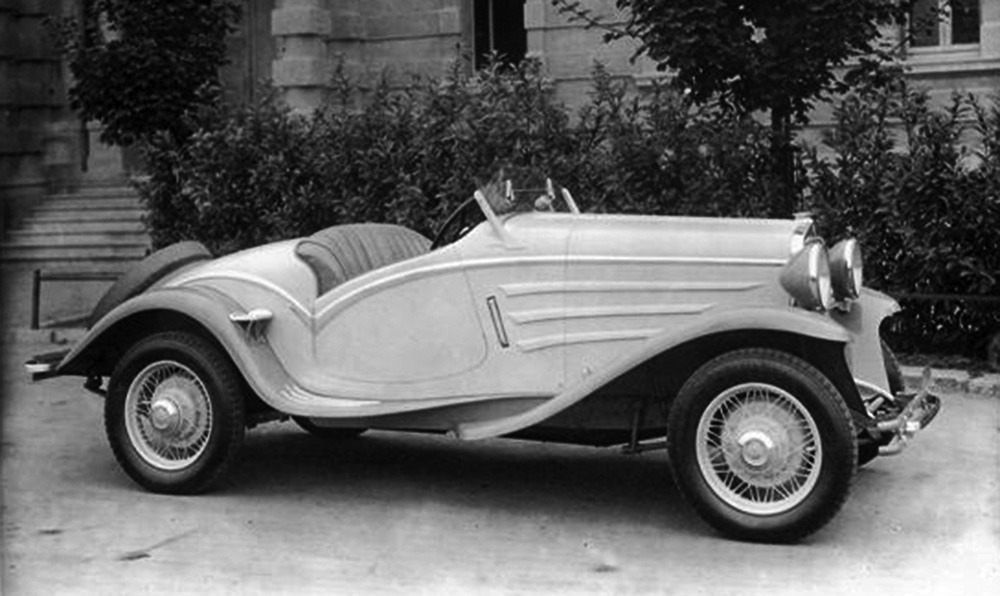
Alfa Romeo 8C 2300 Flying Star
A Flying Star body on an Alfa Romeo 8C 2300 chassis, this time with less typical connotations but enough to earn the definition of ‘Flying Star’. This powerful and very fast car appeared in both a GT and racing car version. In the hands of leading drivers, such as Nuvolari, Borzacchini, Brivio, Sommer, Chinetti and Campari, it enjoyed a long period of success in the main road and track races, including the Mille Miglia, the Le Mans 24 hours (four years in a row), the Monte Carlo G.P. and the Targa Florio. A 2.6-litre and a 2.9-litre version were subsequently produced.
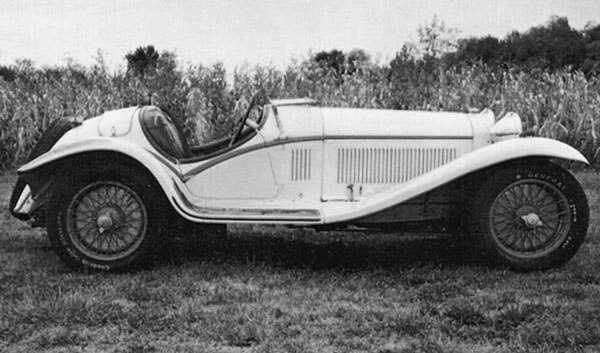
Lancia Astura Coupé
This beautiful one-off was built by Touring Superleggera for the 1938 Concorso d’Eleganza of Villa d’Este which was cancelled due to the geopolitical situation. A long and slender Flying Star body, for the first time in a Coupé version, on a 6 seat Astura IV chassis. Also here we can notice the thick chrome strips on the side that starts from the radiator, runs along the entire car forming a ‘V’ and the trademark curved louvres that symbolize a ‘Shooting Star tail’.
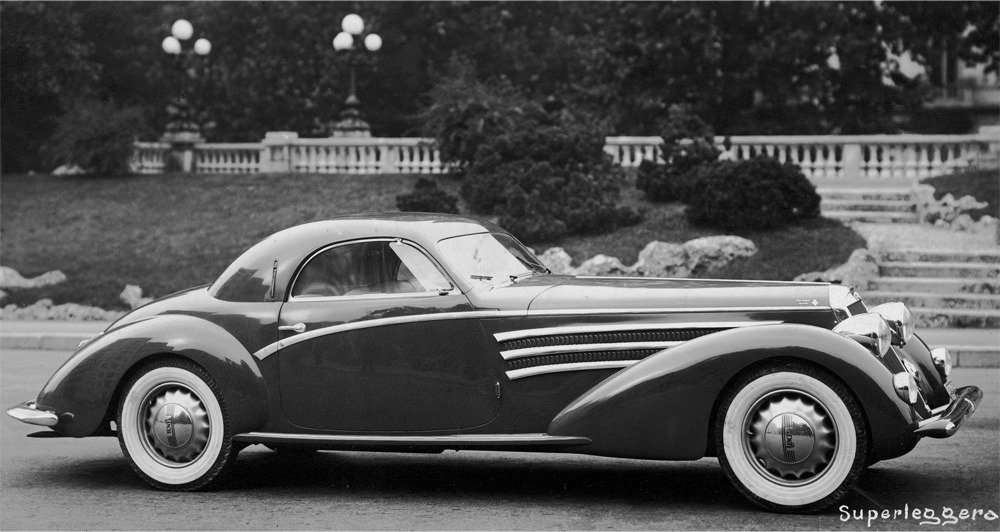
Lamborghini 400 GT Flying Star II
In 1966, Carrozzeria Touring Superleggera explored a new, and for those days very modern design concept. Their long relation with Lamborghini was celebrated with the unique Flying Star II, a fully functional prototype with surprising proportions. The car referred to the famous Touring Flying Stars of the prewar period. It had an aluminum V12 engine, 5 speed transmission, fully independent suspension and disc brakes all around. The new design was for a strict two-seater with a very low and compact two-volume bodywork. It represented the ultimate machine for 2 people to travel fast in style and with luggage. This would be the last design to come out of the historic Carrozzeria Touring Superleggera, before the company was revived in 2006.
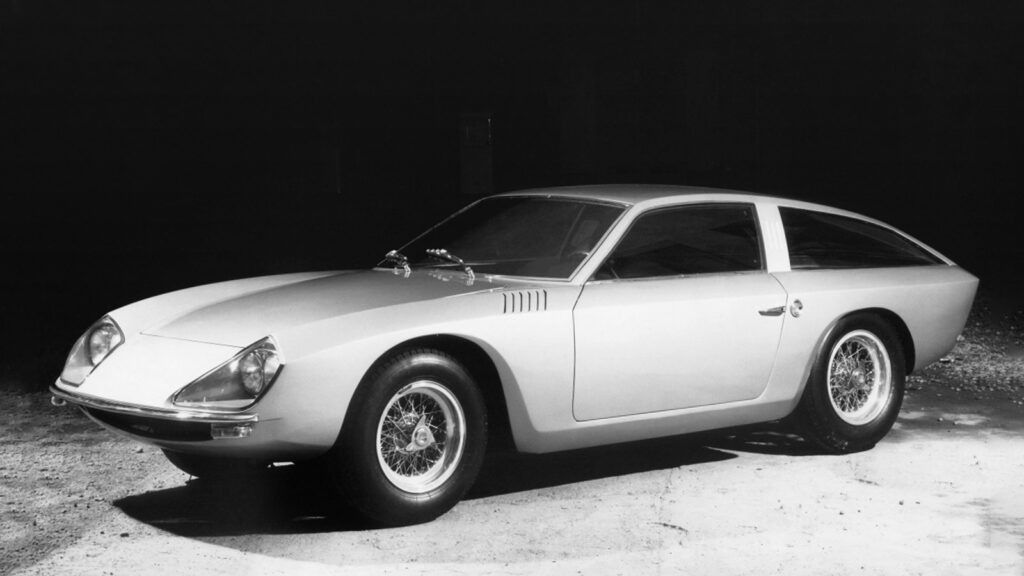
Bentley Continental Flying Star
With its exhilarating power and tremendous dynamic qualities, the Bentley Continental GTC was the perfect platform for the rebirth of the Flying Star Shooting Brake theme already seen on the Lamborghini 400 GT distancing itself from the origins. A true sports car, roomy enough to join a shooting party or a golf tournament with elegance and style. Touring Superleggera build nineteen speciments, each one born from the direct cooperation between the customer and the design team.
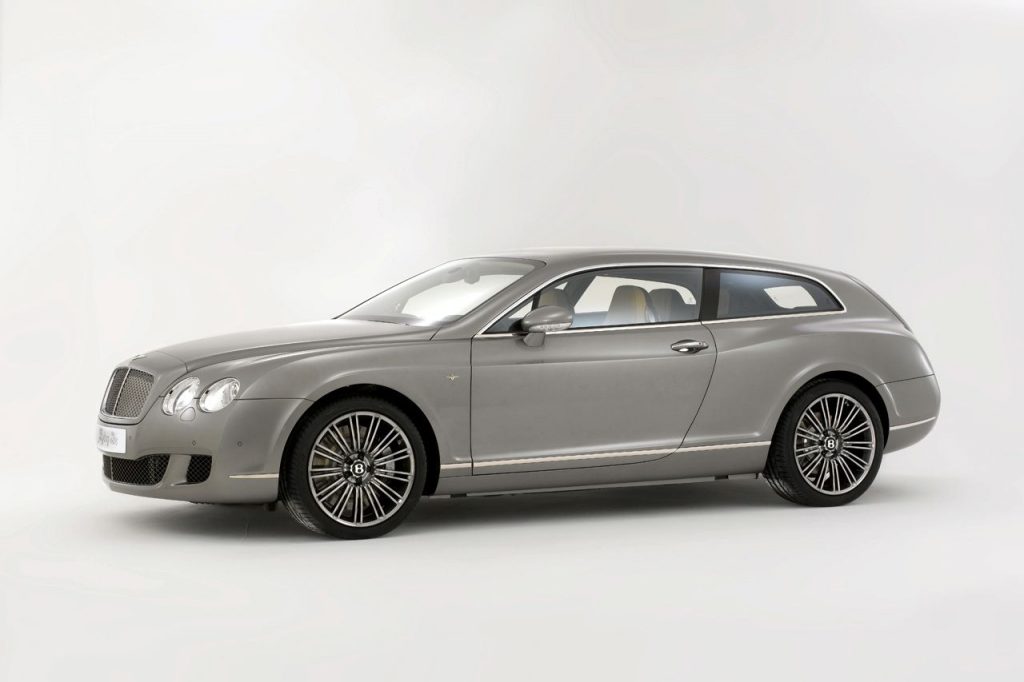
The imitations
Riding the wave of success of Carrozzeria Touring, other coachbuilders also proposed their own version with the famous “comet” decoration. Here is a Lancia Astura Roadster presented by Pinin Farina at the 1935 Concorso d’Eleganza in Turin.
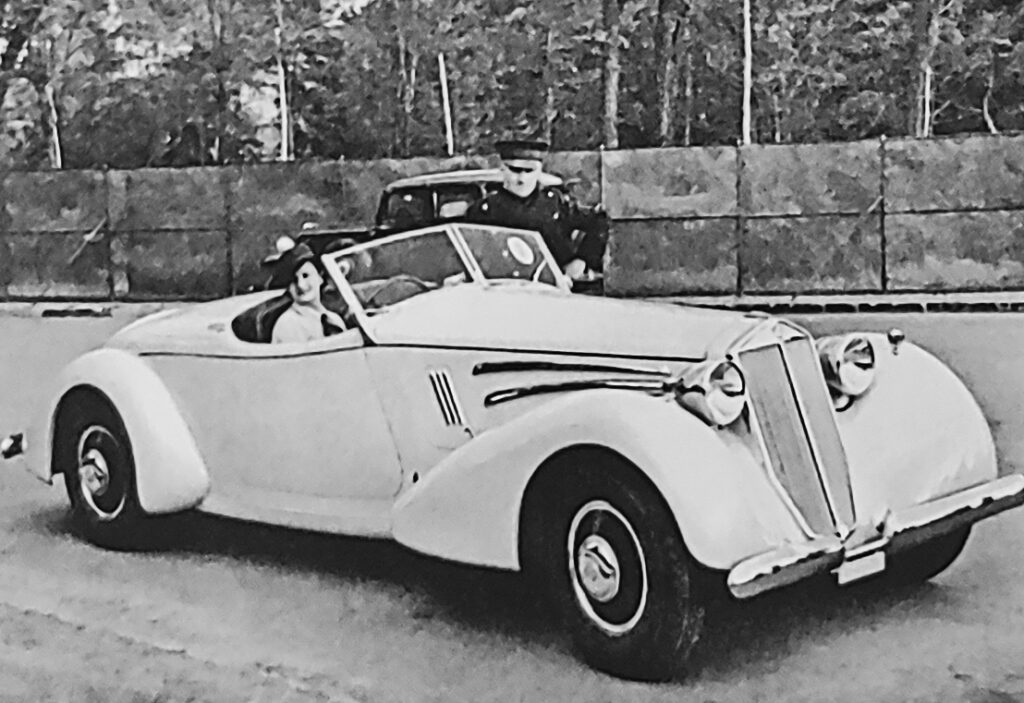
In 1951, the milanese Carrozzeria Boneschi, proposed a cabriolet based on a Talbot chassis named “Flying Star”. This concept remained simply an idea.
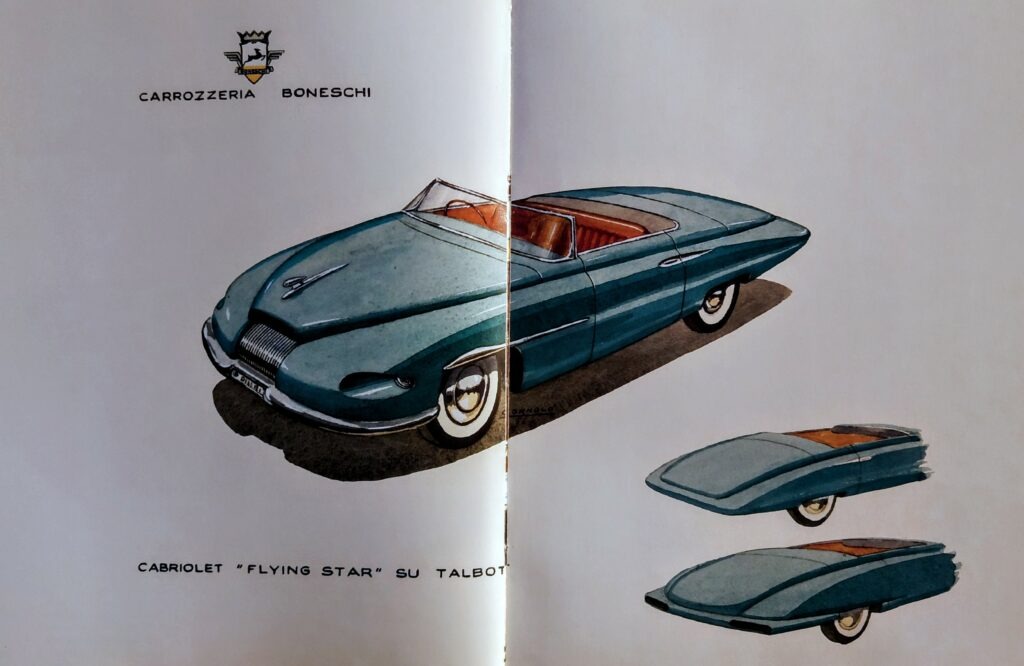
Photo courtesy of Registro Internazionale Touring Superleggera
Book you may like:
Carrozzeria Touring Superleggera
By Giovanni Bianchi Anderloni

